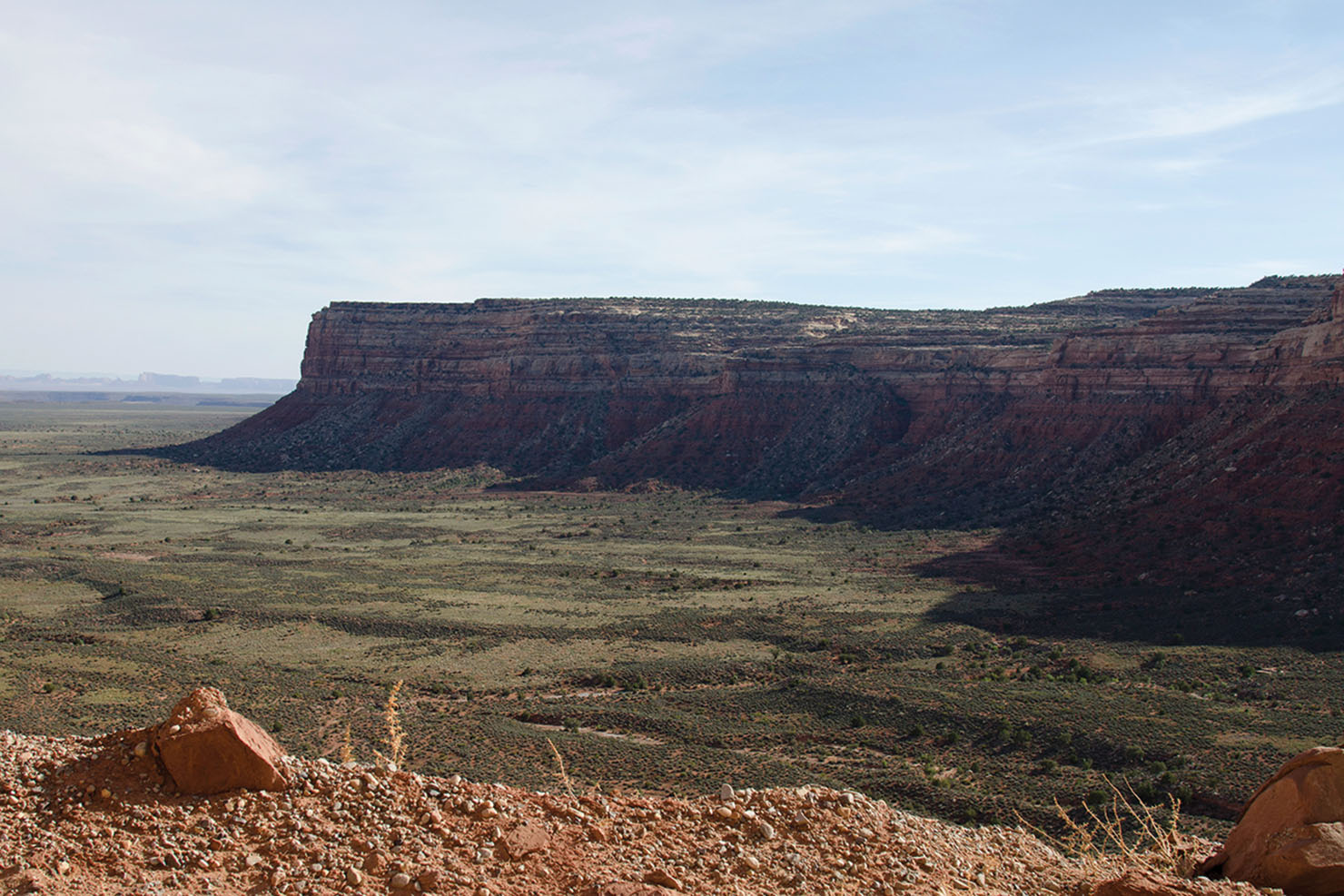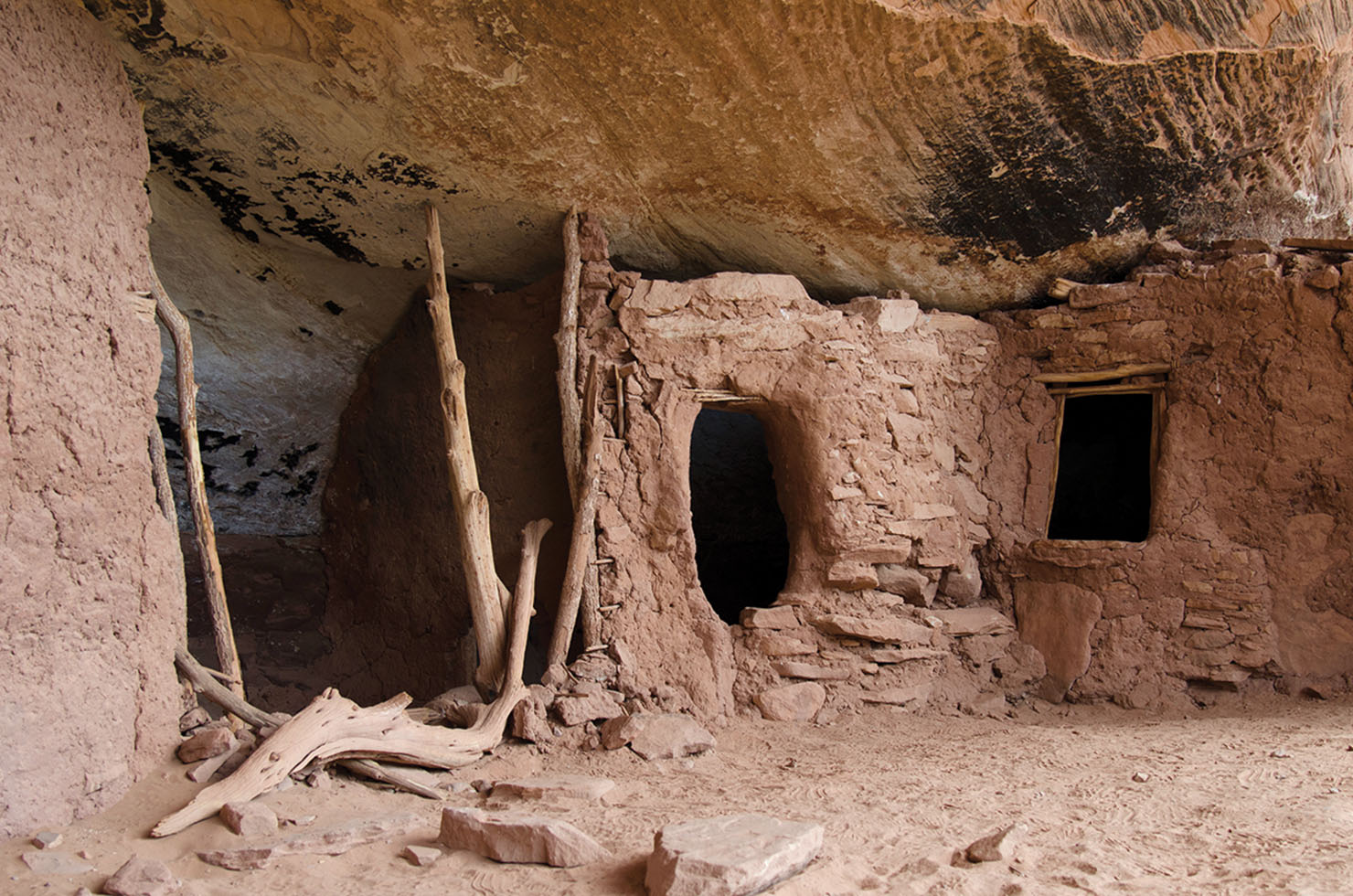Time is running out for an official decision from the White House on the future of the Bears Ears National Monument. Secretary of the Interior Ryan Zinke toured the Bears Ears in early May, 2017 as part of the review process. August 24 marks the deadline.
“Based on the Interim Report, we are anticipating that Secretary Zinke will be submitting a recommendation to downsize, or rescind the monument status all together,” said Leland Begay, Assoc. General Council for Dept. of Justice, Ute Mountain Ute Tribe. “We are preparing to litigate on behalf of the Native American Rights Fund.”
President Barack Obama designated the Bears Ears National Monument in 2016 under The Antiquities Act. The Bears Ears is the only monument designated at the request of a coalition of Native American tribes: Navajo, Hopi, Zuni and Ute.
“We as Native people need to stick together,” Southern Ute NAGPRA Coordinator, Cassandra Naranjo said in an interview. Our elders passed down stories, and told us about things that are tied to the geography of that area. “I would like it to stay in a monument status and remain open to us. We have all seen instances where oil, gas and mining have impacted the landscape.”
“We have to keep something for our grandchildren, we have to think about those things that are important to us as a tribal people,” Naranjo said.
In accordance with the Bears Ears National Monument proclamation issued on December 28, 2016, the five sovereign Tribal Nations with ancestral ties to Bears Ears, have formally named their representatives for the Bears Ears Commission. In their first action, The Commission issued a letter to Secretary of the Interior Ryan Zinke extending an invitation to meet to discuss management priorities and remind him of his obligation to work with the Tribes. According to a press release shared by the Bear Ears Coalition.
“Bears Ears National Monument represents the recognition that some areas need to be preserved in their natural state. We are part of the land, and as Tribal Nations we bring a unique perspective to land management and the preservation of our heritage,” stated Alfred Lomahquahu, Co-chair of the Bears Ears Inter-Tribal Coalition and Bears Ears Commissioner for the Hopi Tribe. “We have an opportunity for the Tribes to work with federal land managers and the community to ensure that this monument benefits all of us.”
“Culture is not just language, it about knowing your traditional ways, the Ute people who live in that area, they need to freely move around in those areas, those are ancestral and aboriginal lands,” Naranjo said. “White Mesa, they utilize those mountains for traditional gathering.”
Conservationists say there are tens of thousands of similarly valuable sites in Bears Ears, containing pottery, drawings, dwellings and spiritual gathering places, according to a statement by The Washington Post.
Cassandra Naranjo explained that if the monument status is rescinded, or even downsized, there is a good chance that BLM will privatize the land, the impacts could be irreversible. Potentially leading to contamination of water sources, thus affecting plant life, and animal migrations — everything is tied together.
“The Tribe is not happy with the boundary lines,” Begay said.
“Our main concern as the Ute Mountain Ute Tribe, are developments for uranium [extraction],” Begay said. The White Mesa Mill is the last conventional uranium mill in the U.S. That mill is located three miles outside of the White Mesa community; it is also a waste disposal site, which could ultimately impact the Navajo Aquifer, a vital source of clean water for the region’s inhabitants, according to Begay. “There are a lot of areas of concern in regard to uranium,” he said. “The Tribes point of view is that this is their native homeland.”




